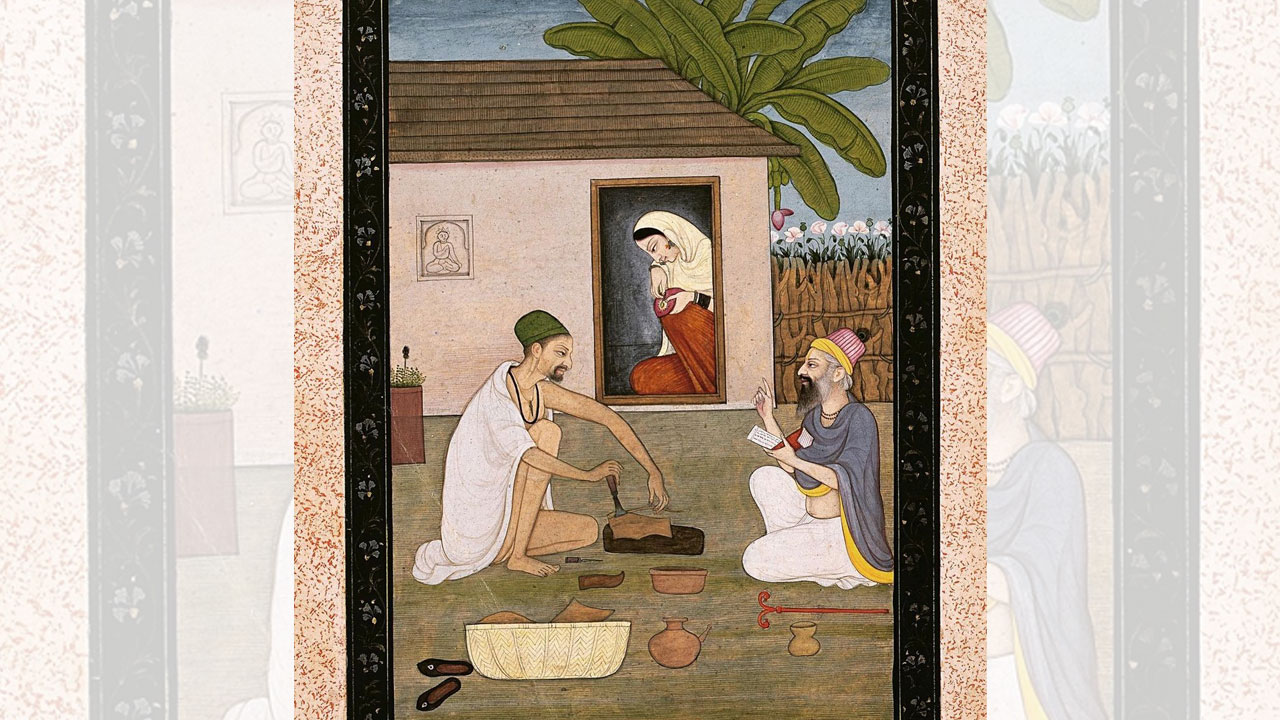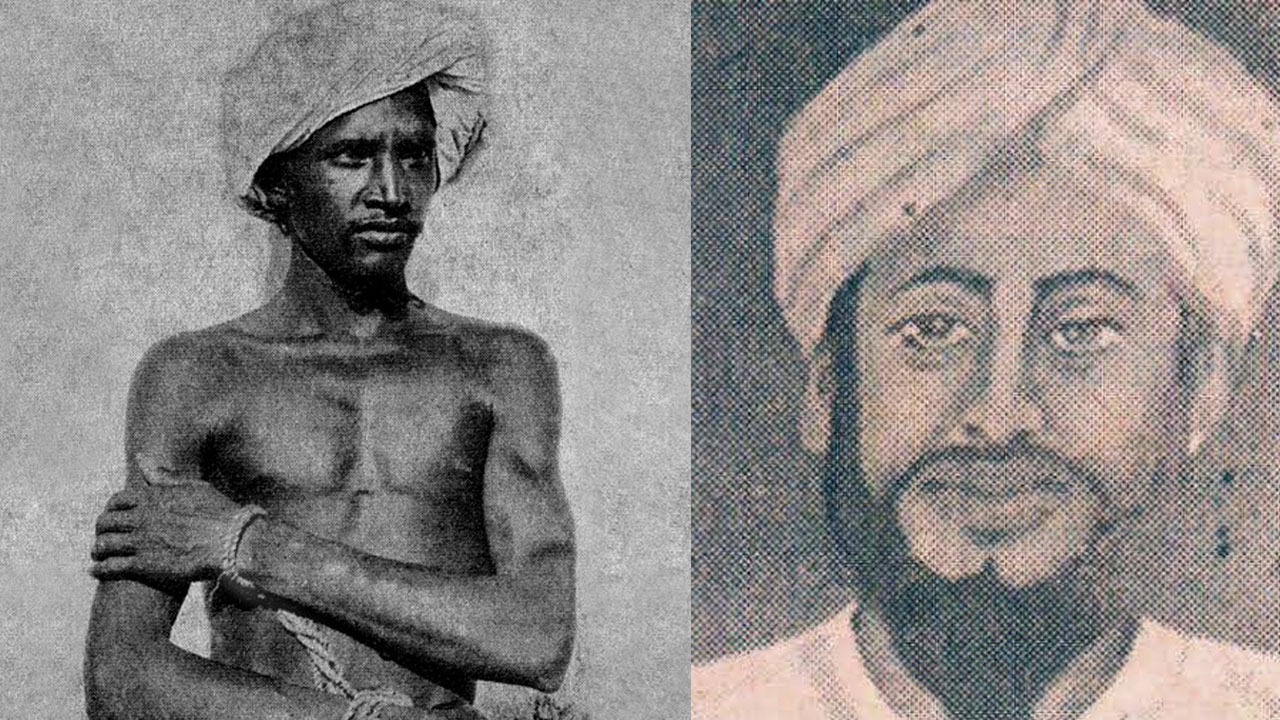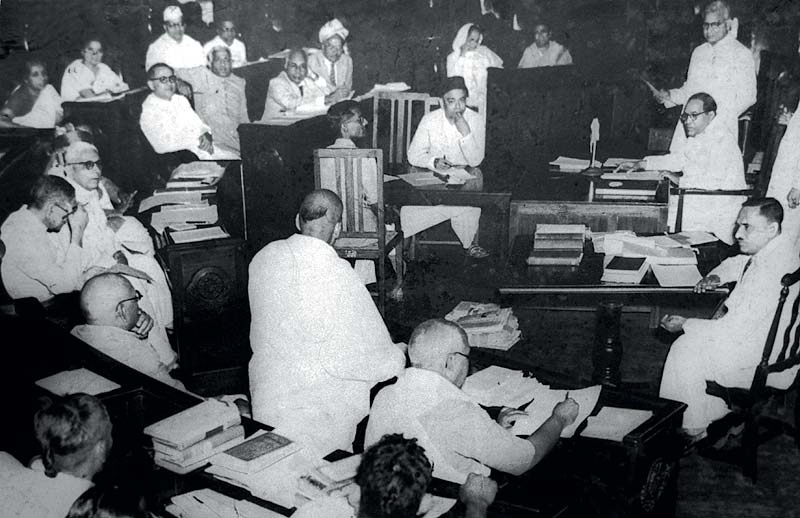Tilka Manjhi (11 February 1750 – 13 January 1785)
Tilka Manjhi was a fearless warrior who led a gallant rebellion against the East India Company’s entry into the Santhal region. He led the uprising from 1771 till his killing in 1785. None of the so-called Kshatriya kings had even imagined revolting against the forces of the Company. On the contrary, they maintained friendly relations with the Company officials. But Tilka Manjhi stood his ground against any sort of external interference and domination. For him, such interference in Adivasi lives had a clear agenda of enslavement.
Many records of the Company officials from that time cite this Santhal rebellion as an unexpected first blow. Yet, in our history books, the Indian revolt against the colonialists starts in the year 1857 with Mangal Pandey’s Brahmin bullet being the first shot fired. Our upper-caste historians refuse to accept that Adivasi revolts predate that by almost 89 years!
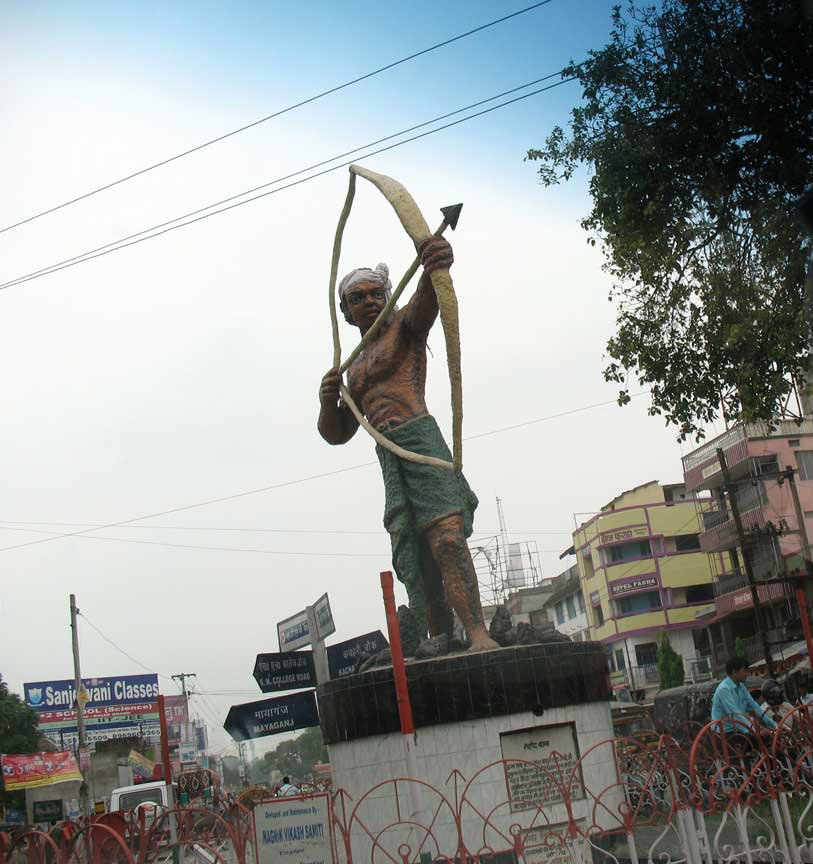
The advent of the East India Company may have led to hundreds of Adivasi revolts. These revolts were not only against the Europeans, but also against the oppressive and repressive measures of the upper caste rajas and zamindars (kings and landlords) who joined hands with them. No other community offered such heroic resistance to the colonial rule in its early days, inflicting massive defeats on them, as did the numerous Adivasi communities of the present Jharkhand, Chhattisgarh, Odisha and West Bengal.
While history does not acknowledge Tilka Manjhi’s role in fighting off the colonialists, he name figures in literature. Famous Bengali writer Mahashweta Devi wrote a novel on the life and rebellion of Tilka Manjhi. Hindi novelist Rakesh Kumar Singh has described the struggle of Tilka Manjhi in his novel Hool Pahadiya. He was our Spartacus, with the Pahadia Adivasis accompanying him in the first battle of independence against European rule in the hills of Jharkhand.
A witness to external tyranny and brute power
Tilka Manjhi was born Jabra Pahadia, into a Santhal family on 11 February 1750 in a village called Tilakpur in Sultanganj, in today’s Bihar. His father’s name was Sundara Murmu. The Company gave him the name Tilka Manjhi – in Pahadia language, “Tilka” means a person with angry red eyes. Jabra went on to become the village head and in the Pahadia community, it is customary to address the village head as “Manjhi”. That is how he got the name Tilka Manjhi. The Europeans also called Jabra Pahadia a dreaded dacoit and gusail (angry) Manjhi. Interestingly, the name “Jabra Pahadia” appears in British documents but there is no mention of “Tilka” in it.
Since childhood, Jabra lived in the shadow of forest civilization and hunted wild animals. He worked out, wrestled, climbed tall trees, walked the hills and the valleys. Wildlife made him fearless and brave. From an early age, Tilka witnessed the plunder of the forests and his people being put through severe torture at the hands of the zamindars. These experiences would inform his attitude to the European colonialists, who would join in the plunder and the torture.
Slowly, Tilka started to oppose these oppressive forces. He raised his voice against them. Tilka Manjhi used to address local people in meetings in Bhagalpur to inculcate national spirit. He used to inspire people to unite by rising above caste and religion. Thus began his war against injustice and slavery.
In defence of self-determination
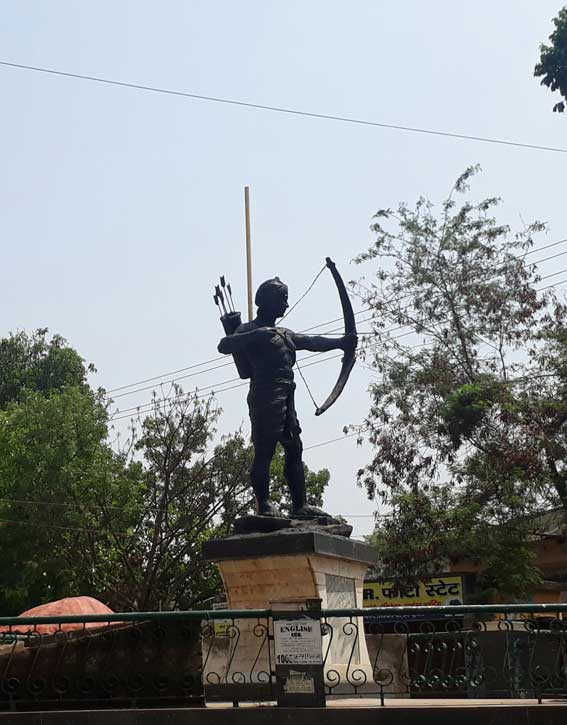
Finally, the day came when Tilka launched an open rebellion against the British. Determined to defend his people and land, Tilka organized the Adivasis into an army trained in the use of bows and arrows. For years, they would be at war with the Europeans and their army. In 1770, there was a severe famine in the Santhal region. People were dying of hunger. Tilka looted the treasury of the Company and distributed it among the poor and needy.
Inspired by this noble act of Tilka, many other tribals also joined the rebellion. With this began his “Santhal Hool” (the revolt of the Santhals). He continued to attack the British and their sycophantic allies. From 1771 to 1784, Tilka never surrendered. He never let the dikus (outsiders), which included moneylenders, zamindars and the Company officials, sleep peacefully.
Instead of providing relief to the drought-affected people, the Europeans started exploiting and suppressing Santhals. Tilka came out strongly against the colonialists’ policies at Vancharijoor, near Bhagalpur. In 1778, along with chieftains of the hill Tribals, he drove the Company army out of the Ramgarh camp.
Jabra versus Cleveland
At the time, Warren Hastings headed the military rule of the region. Hastings sent 800 British soldiers under the command of Captain Brook to suppress Tilka-led revolt. Brook continued the suppression of the Santhal revolt for the next two years. James Brown succeeded him.
Finally, Augustus Cleveland was appointed the administrator of East India Company in the Province of Bengal. He thus became the collector of revenues and a judge of the diwani adalat (civil court) in Bhagalpur, Munger and Rajmahal districts. A very shrewd officer, Cleveland was hostile towards the Santhals. Reginald Heber recounts in his book A Journey through the Upper Province of India from Calcutta to Bombay 1824-1825 how Cleveland had learnt Santhali language in order to persuade the Santhali people to sell “wax and honey” to the people of the plains. In a short span of just nine months Cleveland managed to bring 40 local tribes together to accept his authority by offering them some immediate benefits. He waived the tax that the leaders of these tribes would have otherwise had to pay. Cleveland also raised an army unit from among the Tribals of the hills and made the greatest freebooter among them the captain. By thus giving them regular employment, he saved the lowlands from their incursions.
Tilka Manjhi resisted this Company policy. He said the same policy should apply to everyone and there should be no preferential treatment. He had the strong backing of the Tribals in this demand. He circulated a message written on a Sal leaf that read: “We must be united”.
In 1784, the Santhal opposition to the Company rule turned fiercer. As the Company troops headed for combat, Tilka’s soldiers began to shoot arrows at them. Tilka attacked Bhagalpur and on 13 January 1784, he climbed a palm tree and shot Cleveland with a poisoned arrow and killed him. The Company officials had never even imagined that an ordinary Santhal from the jungles would be able to perform such an act. They were gripped by fear.
Arrested and killed
The Company forces gave chase but they could not catch Tilka. British rulers began to entice the Santhals to get information about his hideout. A person from Tilka’s own community thus ended up betraying him to the Company.
As soon as they received the information in the darkness of the night, British commander Eyre Coote attacked Tilka’s hideout. That night, he and his revolutionary army were celebrating with dance and songs and were caught of guard by the sudden attack. Tilka somehow escaped but many of his fellow soldiers were martyred. The rest were taken prisoners. He took refuge in the mountains of Sultanganj and continued his guerilla raids on the Company army.
The Company army laid a siege to the surrounding mountain areas of Sultanganj and Bhagalpur. All routes to the mountain were blocked preventing any food grain or other aid reaching the mountains. The guerilla army was in disarray. His army began to die from starvation. Tilka decided to take the British forces head on. The Santhals attacked the Company army but Tilka Manjhi was captured during the battle. It is said that they tied him to four horses and had him dragged all the way to Bhagalpur. Despite being dragged for miles, Tilka Manjhi was alive. Even today Santhals talk about his body being soaked in blood. They say his blood-red eyes could still instil fear in the hearts of the British. Around mid-January 1785, in Bhagalpur, as thousands watched, Jabra Pahadia, alias Tilka Manjhi, kissed the noose and was hanged from a huge banyan tree. He was just 35 at the time.
At the time when Tilka Manjhi sacrificed his life, Mangal Pandey was not even born. The Company felt that after making an example of Tilka’s execution, no Indian would even dare to raise their voice against them. But this was only the beginning. The first battle started by the Adivasis from the hills and forests of today’s Bihar and Jharkhand led to many more battles and the ousting of the British Raj from the country. It was these unknown and unsung Indian heroes who blazed the path towards freedom.
Tilka Manjhi was the first Indian to lead a people’s revolt against the British. To honour his memory a statue of him was erected at the Bhagalpur court, the very spot where he was hanged. The Bhagalpur University was renamed after him as Tilka Manjhi Bhagalpur University. Another statue was erected in Dumka town of Jharkhand state. In the Santhali folklore, Tilka is still remembered in songs like this one:
They rained whipcords on you
They dragged you by horse
Still you could not be killed
They amidst the Bhagalpur public
Hung you on the rope
Yet the landlords and the British were afraid
Of your tilka (angry) eyes
You didn’t die even after being killed
Tilka Manjhi
Not Mangal Pandey,
You were the first rebel of modern India
References
Dagar, Nisha. (2019). Tilka Manjhi: Bharatiya Swatantrata Sangram Ka Pahla Swatantrata Senani. Retrieved on 5 February 2020 from https://hindi.thebetterindia.com/11842/tilka-manjhi-was-the-first-indian-freedom-fighter/
India Study Channel. (2014). Biography of Tilka Majhi (1750-1785). Retrieved on 5 February 2020 from https://www.indiastudychannel.com/resources/165593-Biography-of-Tilka-Majhi-1750-1785.aspx
Kumar, Vishad (2018). Tilka Manjhi, Sido and Kanhu – and not Mangal Pandey – were the first freedom fighters. Retrieved on 5 February 2020 from https://www.forwardpress.in/2018/06/tilka-manjhi-and-sido-kanhu-not-mangal-pandey-were-the-first-freedom-fighters/
Copy-editing: Anil



